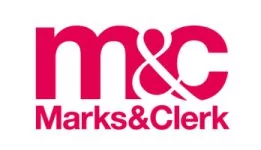In light of the UPC's stated aim of concluding first instance proceedings within a year of their initiation, it comes as no surprise that we are now seeing a flurry of first instance decisions on the merits being issued by the UPC. One of the more highly anticipated issues to be addressed relates to how the Court's will handle the assessment of inventive step.
Of particular interest then is the recent decision issued in the revocation action brought by Sanofi-Aventis Deutschland GmbH, Sanofi-Aventis Groupe S.A., Sanofi Winthrop Industrie S.A. and Regeneron Pharmaceuticals Inc. against Amgen Inc.'s patent EP3666797. One of the first actions filed before the UPC, this long-awaited decision saw the Munich Local Division panel choose to revoke the patent on the grounds of a lack of inventive step.
In arguing for the lack of inventive step, the claimants argued that Lagace et al. 2006 was to be used as the starting point, whilst the defendants argued that Graham 2007 (deemed the closest prior art by the EPO Examiner during prosecution of the patent) was a “closer” and “more realistic” starting point.
The Court dismissed the defendant's argument, emphasizing that so long as a document represents a “realistic starting point”, i.e. one who's teaching would be of interest to a skilled person seeking, at the priority date of the patent, to develop a similar product or method to that disclosed in the prior art and hence possessing a similar underlying problem, it is unnecessary to determine which piece of prior art is “most promising”.
The above confirms that on the above topic at least, the UPC is taking a somewhat similar approach to the assessment of prior art as that confirmed by the Board of Appeal in decisions such as T 21/08 and T 1289/09, in which an inventive step must be present over any feasible starting point. Indeed, the approach is also more consistent with the approach taken in national courts when assessing prior art and the approach to assessing inventive step more generally. It will certainly be interesting to monitor further conformity and divergence between the UPC's approach on inventive step and the EPO and national courts' approaches as decisions continue to issue.

The content of this article is intended to provide a general guide to the subject matter. Specialist advice should be sought about your specific circumstances.




